
Natural dyeing can seem like magic, or it can be so disappointing. It all depends upon your point of view.
After drip-drying (to help set the color) my hollyhock Tea-shirt (not in direct sunlight and not making contact with any metal surface), I washed the shirt in the washing machine, gentle cycle, cold water, eco-friendly detergent, then air-dried it in the dryer with no dryer sheet. Just in case I have to dye again...
The pH of our hard water brought out the gray undertones of my black hollyhock petals. I remembered why I haven't dyed with hollyhocks in a few years now.
However, there is some magic, and kids will love this part.
I put the shirt back in the same strained jar of green tea, rainwater, apple cider vinegar and hollyhock pigment, and on contact, the color changed. Right before my eyes. I swished the Tea-shirt around to make sure every stitch made contact with the vinegar again, and hung the shirt on a plastic hanger to dry in the breeze, not in direct sunlight. The shirt wasn't in the dye jar more than a minute. The color changed that quick.
I probably shouldn't have dyed a Tea-shirt I plan to wear with hollyhocks because the dye is pH-sensitive. That means my sweat would change the color of the underarm portions of the shirt. That could be pretty embarrassing... Nevertheless, kids have fun with the changing colors, and there's nothing that would be dangerous for them. Hibiscus works the same way and can give some lovely hues of pink and blue, depending upon the pH. You can go back and forth as much as you like.
For my pH-sensitive shirt, I can either overdye it with avocado pits or skins next month when the dye is ready, or I can overdye it with conventional dyes. Or I can keep it as is as a reminder of why I don't dye with hollyhocks!
I also had stuck a white cotton scoured fat quarter in the hollyhock tea dye before the shirt came out of the dryer and let it sit a couple of days before drip-drying, so now I have a color-changing fat quarter, too. (That's it in the video above.) This fabric might be really fun for my little neighbor to sew and play with, but I also have the option of overdying it with one of the avocado dyes next month. However, for now, it sure is an attractive color, don't you think? Plus, my little neighbor LOVES pink.

It was time for the onion skin/sumac T-shirt to come out of the dye, so I wrung it out, put it on a plastic hanger, then hung it in the breeze, not in direct sunlight, to air dry. I love the mottled colors!

I stuck a fat quarter in the red onion/sumac dye to simmer in the sun. It will be lighter in shade than the T-shirt because the T-shirt soaked up a lot of the pigment, which was the desired result.

My newly ordered alum finally arrived, and I quickly mixed up a batch of rainwater with about three tablespoons of alum and about a teaspoon of cream of tartar, which I then let sit in the sun for a couple of days.
My final scoured cotton shirt went into the potion for another day in the sun, and now the shirt is properly mordanted for just about any natural dye.

I strained the second batch of red onion skin dye (which also has a tad of cider vinegar in it just like the first batch) into the alum and T-shirt potion. I let that sit in the sun for a couple of days (because we're not triple digits this week, otherwise the jar would have to simmer in the hot summer shade). Onion skins do not necessarily need a mordant, but mordant doesn't hurt, either. Also, onion skins can be another pH-sensitive dye, but the color I get after washing should be much more attractive than hollyhock gray. Fingers crossed...


After pulling the T-shirt out of the onion skin/alum dye, I dropped in another fat quarter. Both the shirt and the fat quarter will be a lighter shade than the sumac/onion skin shirt when finished because this was the second strain from the onion skins, which now have been buried in the garden along with the exhausted hollyhocks.
The fat quarter will be lighter in color than the sumac/onion skin shirt because a lot of the onion skin pigment stayed on the shirt, meaning less pigment left in the jar. I can make both darker, if I want to, by making fresh dye from the red onion skins that didn't make it into the first dye jar. (Remember, I started out with a full pound of onion skins but couldn't fit them all into the tiny jar and later had to transfer the strongly scented pickled onion dye into a larger jar.)

I can collect a few more red onion skins when I go grocery shopping. I'll make that decision when I figure out how much extra time I can put into this particular batch and what the weather will be like. I'm spending a lot of my limited free time these days thinning my garden, taking out dried plants that have been baked by triple digits, shredded by hail (three times now!!!) and/or simply past the thriving and blooming season. When the weather is as hot and dry as it has been this last month, it can be challenging to keep the garden looking well-manicured!
I was going to cut down all the past-prime daisies, but the gold finches like the seeds. I can live with dead flowers as long as the birds keep coming!



This is my jar of copper mordant from several years ago. I have only about 8 ounces left, thanks to some copper-dyed crochet thread I made a few years ago and evaporation. Remember, copper is not something you want to use with children or pets, and I am not planning to do a tutorial but did link to another blog that describes the process in my last natural dyeing installment.

I had planned to dip one fat quarter into the copper before sticking it in the onion skin dye, just to see what color would result. Just like when I dyed crochet thread so long ago, the copper hue is so darned attractive, I decided to keep it and dunk yet another fat quarter in the copper mordant for the onion skin dye! (I have four more fat quarters with which to play).

I loved this color years ago, and I still love it now!



I then dipped another fat quarter in the copper mordant, just enough to get it saturated, then dropped the fat quarter in the onion skin/alum potion. Both copper fat quarters were in the dye jar just long enough to stir them around and make sure all fibers make contact with the fluid. Less than one minute.

I let the fat quarter soak in the onion/sumac potion for a few days, then pulled it out all the fat quarters and hand-washed them. I'm happy the color did not change significantly, except for the hollyhock fat quarter. I might let it stay gray.
One of the things they say about natural dyeing is that all the colors go well together. Wouldn't these be pretty in a quilted handbag?

Linking up with Busy Hands Quilts and Confessions of a Fabric Addict.








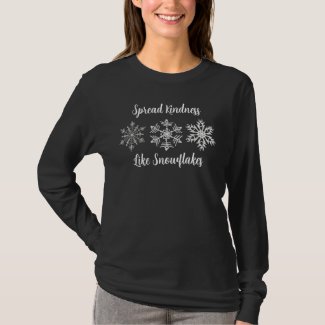
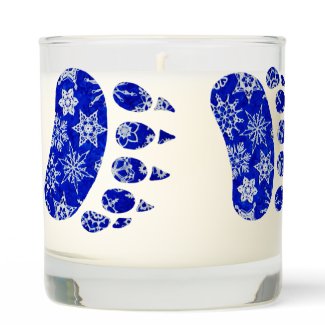


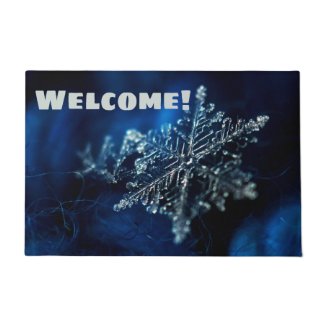













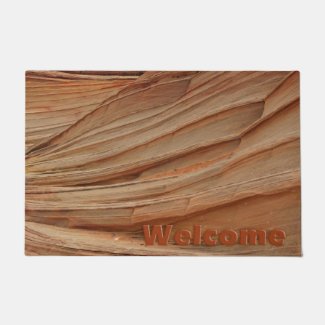
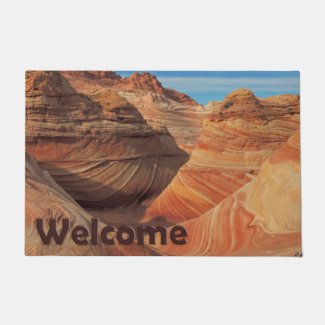
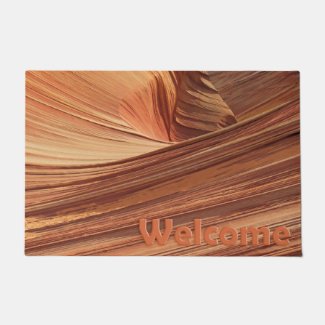

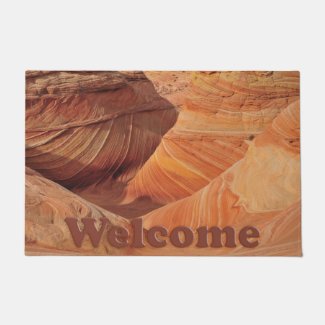
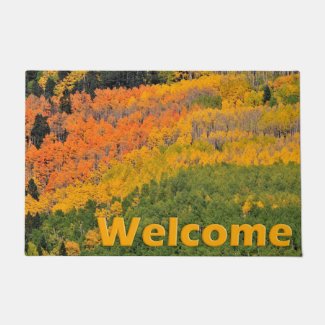
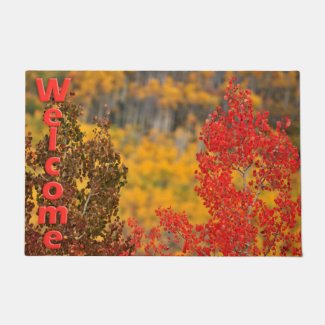
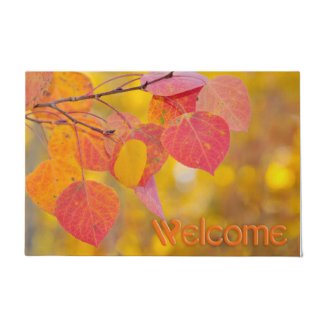
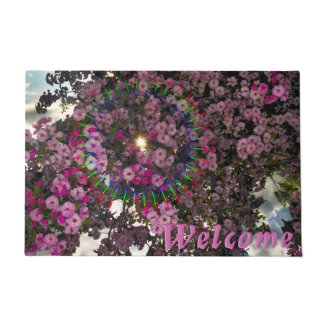
Your comment about the color changes with hollyhocks reminds me of when I was a young child and was gifted with a iron and ironing board (yes, it plugged in and got hot) and I had a tall doll (3 ft?) with a corduroy purple skirt. I spent hours ironing that skirt because the purple changed to reddish with the heat and back to the more blue purple as it cooled. Hours....I tell you. lol
ReplyDeleteThank you, Helen, for that precious story! I don’t remember corduroy changing colors when ironed, but you reminded me of my own corduroy memories! Every morning, my grandmother would iron my grandfather’s corduroy work clothes he wore to work every day, and I’ve always associated the aroma of warm corduroy with both of them. They’ve been gone for 40 years now, so I really enjoyed the trip back in time you just took me on!
ReplyDeleteVery cool! Interesting colors, too.
ReplyDeleteThank you! I've started the first avocado fat quarter now, and oooh, am I itching with anticipation!!!
DeleteSure know many of the tricks. Nice of you to leave the dead bunch up for the birds too.
ReplyDeleteThanks, Pat! Now if I could just get a GREAT photo of one of the colorful birds on one of my flowers!!!
DeleteBeautiful colours. They would be pretty in anything.
ReplyDeleteThank you, Regula! I'm so enjoying dyeing again!
Delete